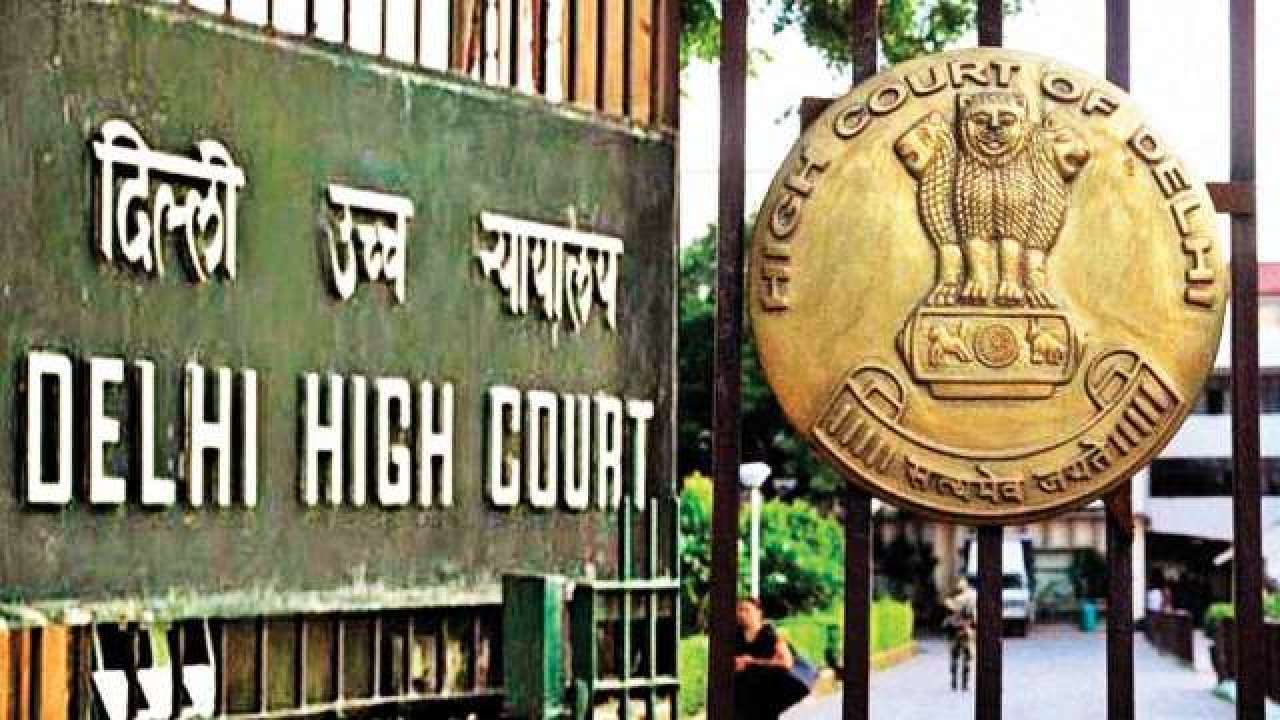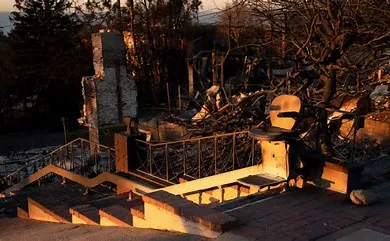The Delhi High Court in the case Sher Mohammad v. Municipal Corporation of Delhi (SDMC) observed and has stated that unauthorized constructions are a bane to “orderly development” of the city and which is bursting at its seams, and the same cannot be allowed by them d to continue to stand in perpetuity.
The bench comprising of Justice C Hari Shankar made the observation while dismissing a petition filled by Delhi resident Sher Mohammad’s, challenging the order passed on September 14 by Principal District & Sessions Judge.
The Mohammad’s appeal against an order of the Appellate Tribunal of Municipal Corporation of Delhi has been rejected by Trial Court, vide the impugned order.
Facts of the Case
In the present case, a show cause notice has been issued by the MCD in September 2011, wherin alleging that unauthorized construction had taken place at Mohammad’s property in Hauz Khas Village and had earlier passed an order for demolition of the same. In 2013, the high court set aside the demolition order on technical grounds and the MCD was asked to pass a fresh order after considering Mohammad’s reply.
Again a demolition order was issued by the corporation in 2020, in relation to the 2011 show cause notice issued, wherein alleging further unauthorised construction at the property. Thus, the order was challenged in appeal before the civic body’s Appellate Tribunal which observed that Mohammad ought to have been heard before passing the December 2020 order. Therefore, the matter was remanded to the MCD for de-novo consideration by the Appellate Tribunal.
In July 2021, in an order the Assistant Engineer (Buildings) issued a demolition. However, the same was challenged in the Appellate Tribunal which upheld the direction to demolish the construction.
The Principal District & Sessions Judge vide the impugned order rejected the Mohammad’s appeal against the Appellate Tribunal’s order.
Further, the counsel appearing for MCD submitted while raising a preliminary objection regarding maintainability of the appeal. Adding to it, it was also submitted that in the appeal against the order passed by MCD’s Appellate Tribunal, a petition would appropriately lie under Article 226 and not Article 227 of the Constitution.
Court Observations:
The bench of Justice Shankar added that the scope and ambit of the two provisions are “markedly different.”, while observing that availability of a remedy under Article 226 does not unquestionably foreclose a remedy under Article 227 of the Constitution.
The court stated that Article 227 of the Constitution of India only confers superintending – or, more appropriately, supervisory – jurisdiction on the High Court. Thus, under Article 227, the High Court does not judicially review the order passed by the hierarchically lower authority and nor does it examine the correctness or otherwise, of the said order. It only being the manner of in which the lower judicial authority has acted calls for supervisory correction that the High Court would step in under Article 227 of the Constitution of India.
Accordingly, the court dismissed the plea, while upholding the impugned order.

















